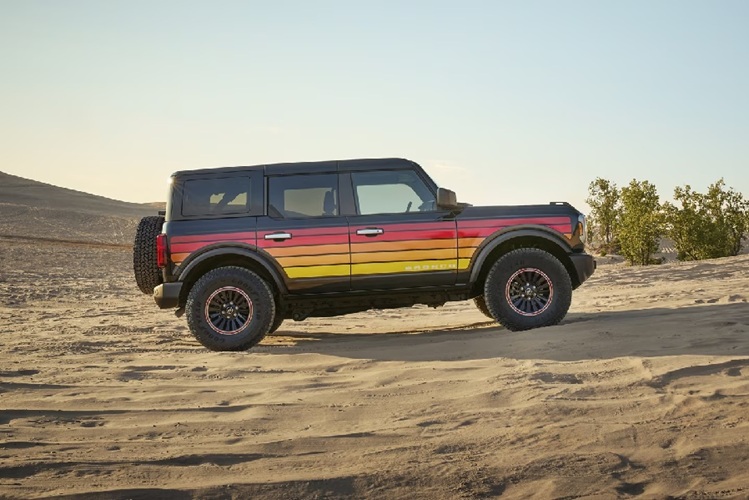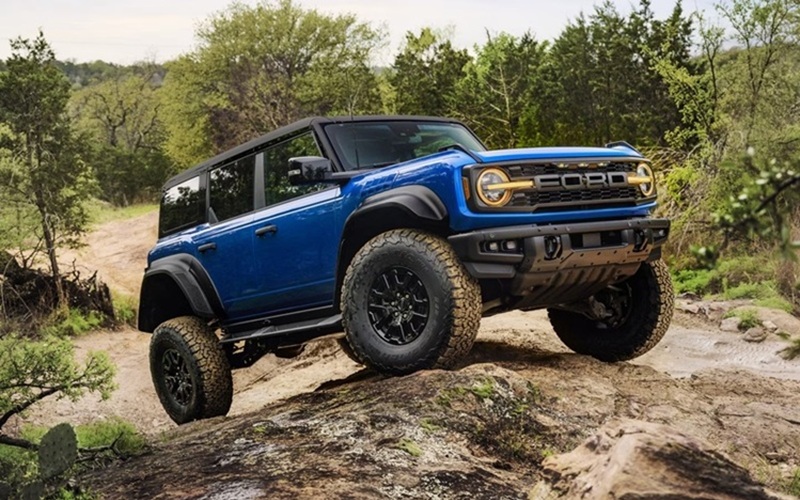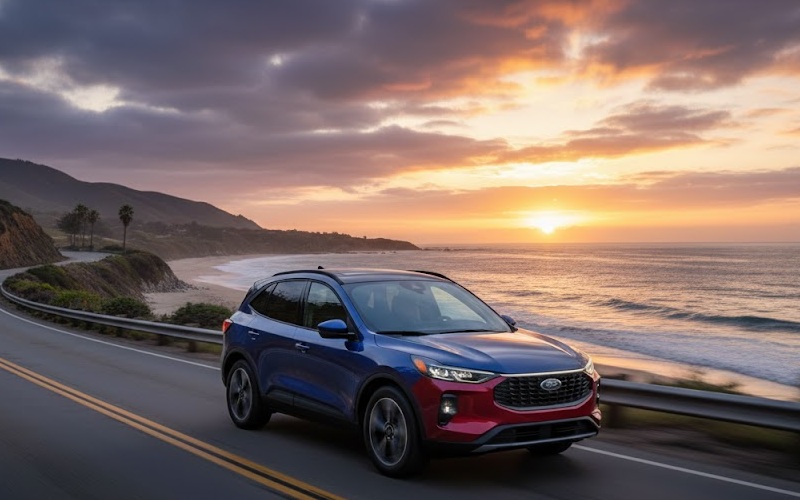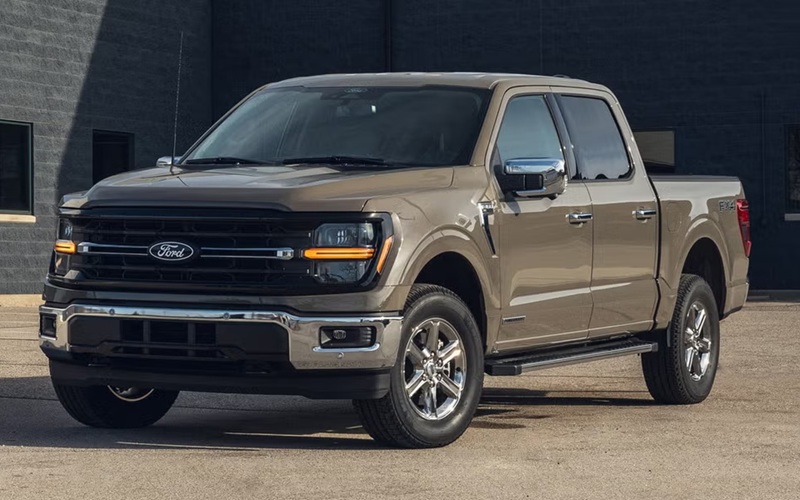The Ford Bronco has quickly established itself as a highly customizable off-road vehicle, with owners constantly seeking ways to personalize their driving experience. One popular modification among Bronco enthusiasts is enabling the turn signals to remain illuminated alongside the Daytime Running Lights (DRLs). This enhancement not only adds a distinctive appearance to your Bronco but can also provide additional visibility and safety on the road. Using Forscan, an advanced diagnostic software for Ford vehicles, this modification can be accomplished without complex hardware alterations.

Forscan and the Bronco Electrical Architecture
Forscan is a powerful diagnostic and programming tool that interfaces with Ford vehicles’ onboard computers, allowing access to numerous settings and configurations not available through standard dealer tools. The Bronco, like other modern Ford vehicles, utilizes a complex network of modules that control various vehicle functions, including lighting. The Body Control Module (BCM) is primarily responsible for managing exterior lighting functions, including DRLs and turn signals.
Example 1: A Bronco Badlands owner using Forscan discovered that, beyond the lighting modification, the software revealed 47 additional customizable settings specific to his trim level that weren’t accessible through standard means, demonstrating the extensive customization potential of this diagnostic tool.
Required Equipment and Preparation
Before attempting this modification, you’ll need to gather the necessary equipment and take appropriate precautions:
Essential Hardware:
- OBD-II adapter compatible with Forscan (ELM327-based adapters with MS-CAN or HS-CAN support)
- Laptop computer with Forscan software installed
- Stable power supply for your laptop during programming
Preparation Steps:
- Backup your vehicle’s current configuration (As-Built Data)
- Ensure your vehicle’s battery is fully charged (above 12.5V)
- Close all doors and keep the vehicle in accessory mode during programming
- Turn off any power-saving features on your laptop
Step-by-Step Modification Process
The process to enable turn signals to stay on with DRLs involves modifying specific parameters in the Bronco BCM module. Here’s a detailed guide:
1. Connecting and Accessing the BCM
- Connect the OBD-II adapter to your Bronco diagnostic port (located beneath the dashboard on the driver’s side)
- Launch Forscan software and establish connection with your vehicle
- Select “Configuration & Programming” from the main menu
- Navigate to the Body Control Module (Module 726)
2. Modifying the DRL Configuration
- Locate the “Lighting Configuration” section within the BCM
- Find parameter “Exterior Lighting” > “Daytime Running Lights”
- Change the parameter 726-41-02 from the default value to the modified value that enables turn signal functionality with DRLs
Example 2: A Bronco Outer Banks owner completed this modification before a group trail ride, and his vehicle became instantly recognizable among 12 similar Broncos due to the distinctive lighting signature, making it easier for the group to identify and follow his vehicle when navigating complex trail systems.
3. Implementing Additional Turn Signal Parameters
- Locate the “Turn Signal Configuration” parameters
- Modify parameter 726-35-01 to value 0100xxxx (where xxxx represents your existing settings)
- Modify parameter 726-35-04 to enable “Always On with DRL” functionality
4. Completing the Modification
- Write the modified settings to the BCM
- Cycle the ignition off and on to apply the changes
- Test the modification by activating your DRLs and verifying that turn signals remain illuminated
Testing and Verification
After implementing the changes, it’s essential to verify that the modification works correctly and doesn’t interfere with other lighting functions:
- Start the engine to activate DRLs
- Confirm that turn signals remain illuminated along with DRLs
- Test turn signal operation to ensure proper flashing function remains intact
- Check that high beam, low beam, and fog light operation is unaffected
- Verify that auto-headlamps and other lighting features continue to function normally
Example 3: During winter testing in northern regions with limited daylight, a Bronco Sport owner reported a noticeable improvement in vehicle visibility after implementing this modification. Other drivers commented that the illuminated turn signals made the vehicle significantly more noticeable during dawn and dusk driving conditions, potentially improving safety during these challenging visibility periods.
How to Fix Common Issues
If you encounter problems during or after this modification, consider these troubleshooting steps:
- If turn signals don’t remain illuminated, verify you’ve modified the correct parameters
- If warning messages appear, restore your backup configuration and attempt the process again
- If DRLs function incorrectly, check for conflicts with other lighting parameters
- If the system becomes unresponsive, disconnect the battery for 5 minutes to reset the modules
Return to Stock Configuration
Should you need to return to the factory settings, simply restore the original As-Built Data that you backed up before beginning the modification. This process ensures your Bronco can be returned to its original configuration if needed for warranty service or other purposes.
5 Facts About Bronco Forscan Modifications
- The Bronco contains over 2,500 configurable parameters accessible through Forscan, making it one of the most customizable vehicles in the Ford lineup from a software perspective.
- The lighting control module in the Bronco processes more than 200 signals per second to manage the complex interaction between DRLs, turn signals, and other lighting elements.
- Ford engineers originally programmed the turn signal/DRL interaction based on regulations from different global markets, with the North American configuration being just one of seven possible lighting arrangements programmed into the vehicle.
- The Bronco BCM contains a hidden “development mode” that logs all lighting modifications, allowing Ford to study how owners customize their vehicles—data that sometimes influences future factory options.
- Unlike many vehicle modifications, properly implemented Forscan changes don’t trigger tamper flags in the vehicle’s diagnostic system, meaning they generally won’t affect warranty coverage for unrelated components.
Questions and Answers
Will enabling turn signals to stay on with DRLs drain my battery faster?
- The additional power draw is minimal, approximately 4 watts per side. This has a negligible impact on the battery and charging system during normal driving.
Does this modification affect the normal turn signal function?
- No, when you activate a turn signal, it will still flash normally, temporarily overriding the constant illumination pattern.
Can this modification be performed on all Bronco trim levels?
- Yes, this modification works on all current trims, though the specific parameter values may vary slightly between model years.
Will this modification cause any warning lights on the dashboard?
- When properly implemented, this modification should not trigger any warning lights or error messages on the instrument cluster.
Is special coding knowledge required to perform this modification?
- Basic familiarity with Forscan software is recommended, but the modification doesn’t require advanced coding skills—just careful attention to parameter values.
How long does this modification process typically take?
- For someone familiar with Forscan, the entire process typically takes 15-20 minutes, including backup and verification steps.
Will a dealership be able to tell that this modification has been made?
- Yes, if they perform a detailed scan of the BCM, they can detect the modified parameters, though this doesn’t typically happen during routine service.
Can I still use the auto headlamp feature after this modification?
- Yes, the auto headlamp functionality remains fully operational and unaffected by this change.
Is this modification legal for road use?
- Lighting regulations vary by region. While generally acceptable, it’s recommended to check local regulations regarding auxiliary lighting configurations.
If I sell my Bronco, should I reverse this modification?
- It’s generally good practice to return the vehicle to stock configuration before selling, unless the new owner specifically requests the modified setup.



